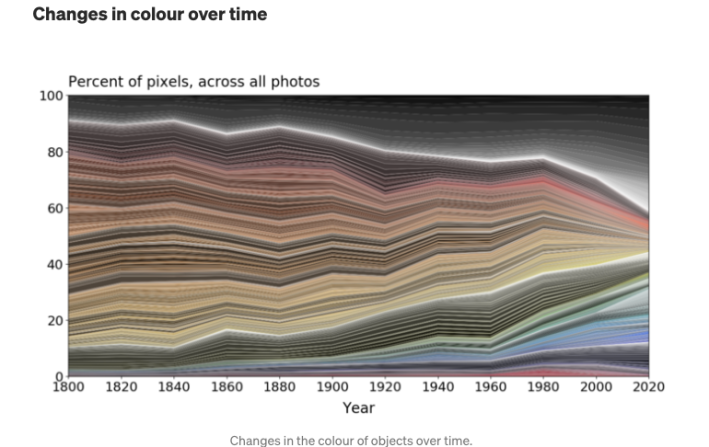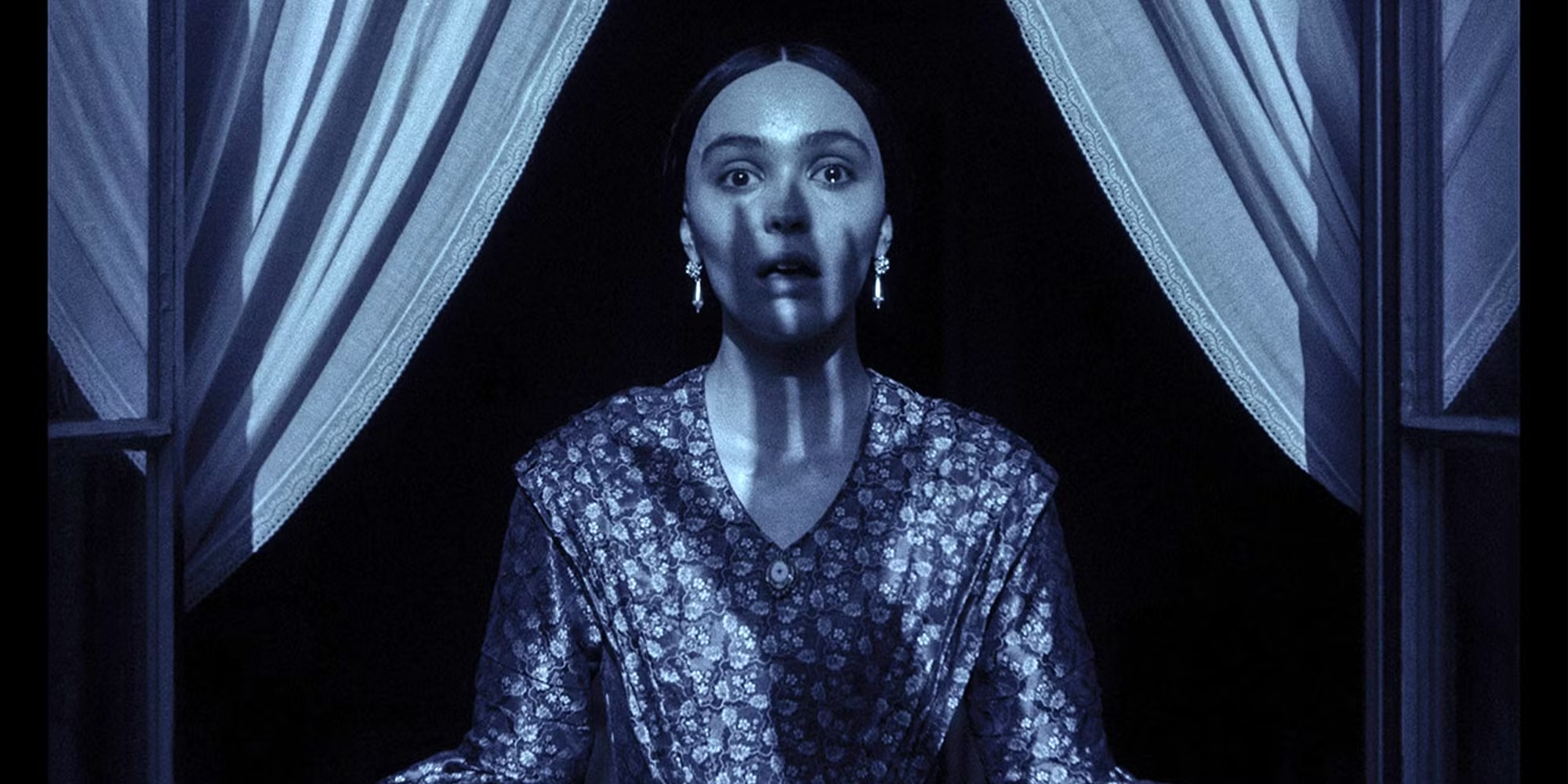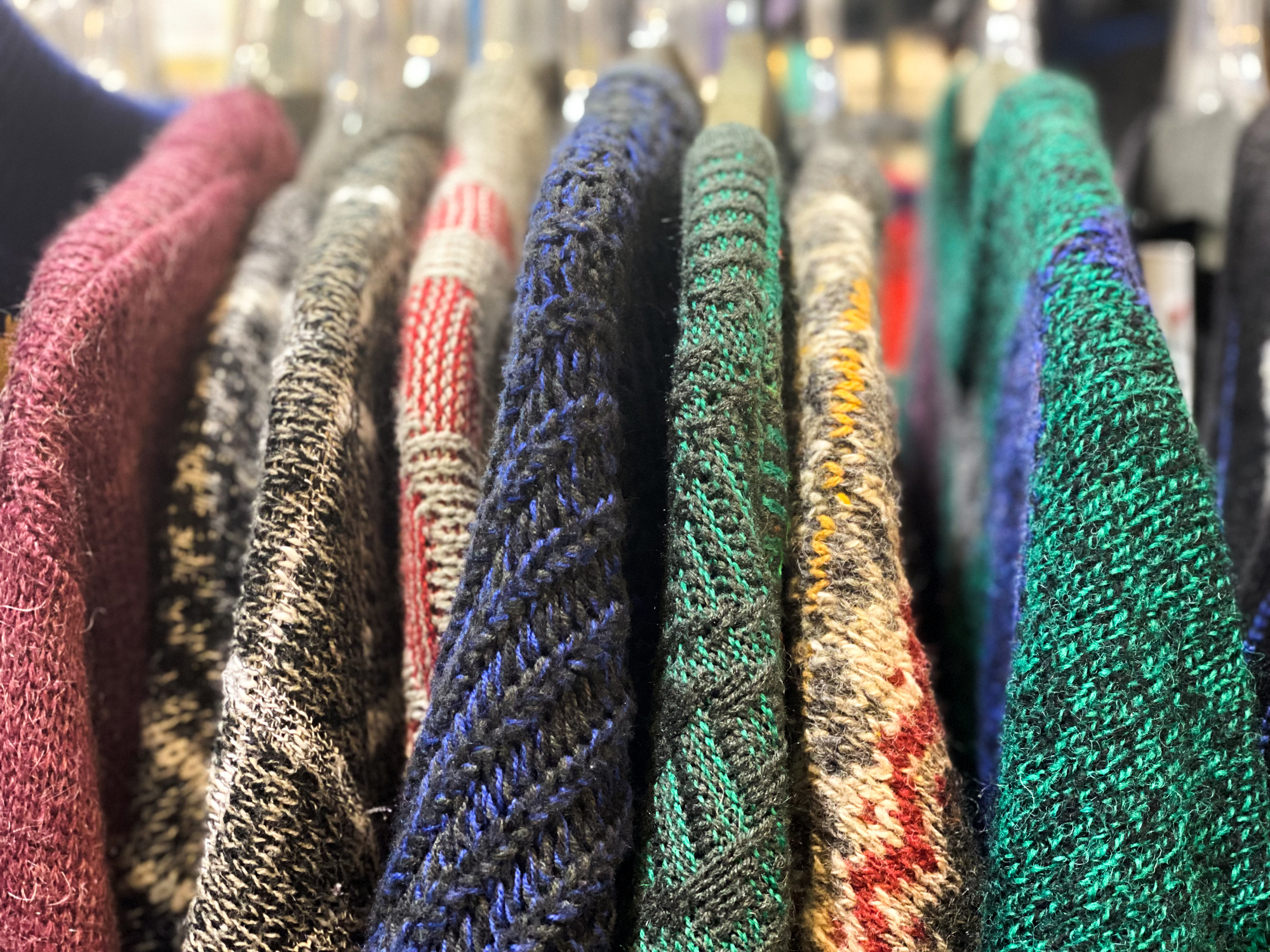For months, I have been on a tirade about the color gray. It started with the huge uptick in gray flooring that I began seeing on Zillow. Then I kept on seeing it. Every single house that got renovated, it seemed, had gray laminate flooring installed. It was ugly. I hated it! Who wanted this? It was almost impossible for me to imagine that anyone actually wanted gray flooring. I didn't know it, but I had become an easy target for the increasingly viral idea that everything is becoming grayer.
Earlier this week, a video went viral on TikTok. It has, as of writing this, 2.5 million views and more than 500,000 likes. It's nothing special, really, and mostly just regurgitates some data taken from a Tumblr post that argues that the world is getting grayer. Here is the chart the video shows to illustrate this point:

I did some research on this, because it seemed awfully neat and unlikely for there to be this kind of data for color coding the entire world, which seemed like hard work. Turns out, this chart was taken from a data visualization study by The Science Museum Group Collection, which examined over 7,000 objects from 21 categories in 2020 to make this chart. In their blog they say that the rise in gray tones can be attributed to the switch in materials from wooden objects to plastic. They also note that this is a limited data set. It's just a fun chart, really.
People, including me, believed this chart because we saw it, and we saw it because misinformation is in abundance on social media apps and largely unchecked. But we also believed it because it feels true. The world feels grayer now than it did even 20 years ago. Every coffee shop feels like a sterile surgical theater. Every boutique feels like it's been hit with a desaturation filter. Every new development house has gray walls and gray floors and gray couches. Move through the world and space after space appears to have been rendered in the muddy/murky CGI that predominates in superhero movies.
This makes a grim sort of sense, because what is visible in these gray spaces is first and foremost an absence of commitment. Gray isn't minimalism. Minimalism is an actual art movement with standards. Gray isn't even really a color. Gray is the end result of a society without any real ambitions beyond, maybe, generating maximum revenue for a few CEOs; these spaces are what no one can even be bothered to make: a choice. Gray is the least common denominator. It is something the most number of people will pay money for even if they don't like it because it's fine. It will work.
Gray, like black and white, are the colors of Western business because they are the colors of profit. They connote nothing, mean nothing, say nothing. Wearing a gray dress from Ann Taylor only tells your boss that you are a person who is wearing a dress. There is no room for interpretation, nor beauty, nor importance. It's a placeholder, and also an absence.
The Scottish artist David Batchelor wrote in his book Chromophobia that "color is made out to be the property of some 'foreign' body—usually the feminine, the oriental, the primitive, the infantile, the vulgar, the queer or the pathological." It feels true, doesn't it? Painting your coffee shop bright pink and plastering the walls with neon might turn off a few customers. But instead of assuming that a beautiful, interesting thing will find its customers (and if it can't, fail) the decision is made to never try. Make it gray, offend the fewest people, and enough people will settle for this space that it might make money without making an impression.
The richest people in the world make the final calls, and the richest people in the world are boring and fundamentally uncommitted. It seems true that everything is grayer than it used to be because, on the whole, it feels like life is worse for us than it was for our parents and grandparents. Maybe it feels true that everything is gray because the hope that things might get better is fading fast. Or maybe it really is just that the world has more plastic in it. Who is to say?





